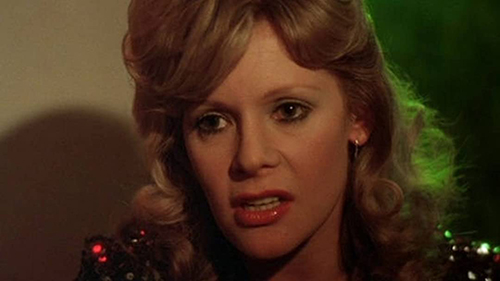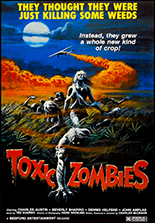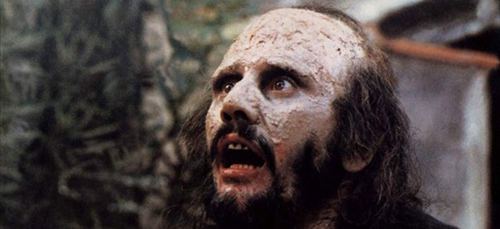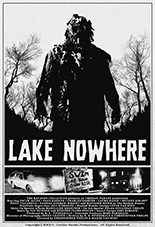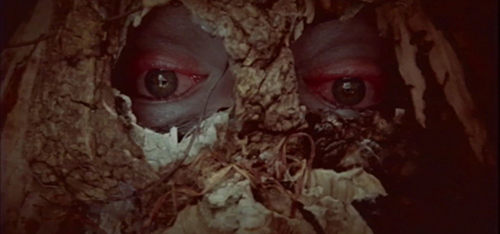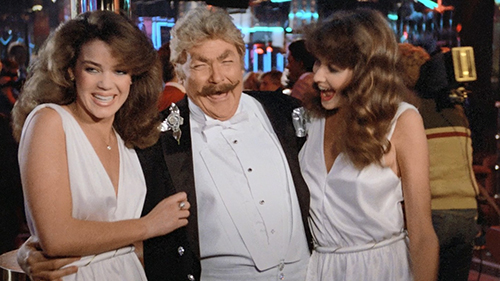
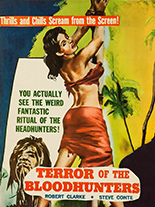 On the South American penal colony known as Devil’s Island, it’s “every man for himself.” Unless you’re renowned artist Steve Duval (Hideous Sun Demon Robert Clarke), the newest arrival. The prison commandant (Niles Andrus) asks Steve to give art lessons to his headstrong adult daughter, Marlene (Dorothy Haney), seeing how’s she’s “a little stubborn.”
On the South American penal colony known as Devil’s Island, it’s “every man for himself.” Unless you’re renowned artist Steve Duval (Hideous Sun Demon Robert Clarke), the newest arrival. The prison commandant (Niles Andrus) asks Steve to give art lessons to his headstrong adult daughter, Marlene (Dorothy Haney), seeing how’s she’s “a little stubborn.”
Overhearing this plan, Marlene then and there decides to help Steve, a total stranger, escape — ordinarily a pie-in-the-sky goal; then again, most prison camps don’t have escape tips literally posted to the commandant’s office door like this one. Thus, two safari pith helmets for disguise later, as the guards booze up, she sneaks Steve and pal Whorf (Robert Christopher, Frankenstein Island) out of the colony …
… and into the surrounding jungle, where a vicious primitive tribe rules, to justify the film’s title, Terror of the Bloodhunters. Said tribe is seen in stock footage, with tied-up white women shot specifically for the picture — in other words, just the sneaky kind of cinematic rug schlock filmmaker Jerry Warren used to pull.
Lo and behold, it is Jerry Warren! For Bloodhunters, he brought along a couple of hairy tarantulas, responsible for damn near a third of the modicum of actual action. So dull that most public-domain collections usually go without it, Terror of the Bloodhunters certainly isn’t the worst B jungle flick you’ll ever see, but it’s more certainly not the best — not even if it’s the only one you let into your eyes. —Rod Lott




